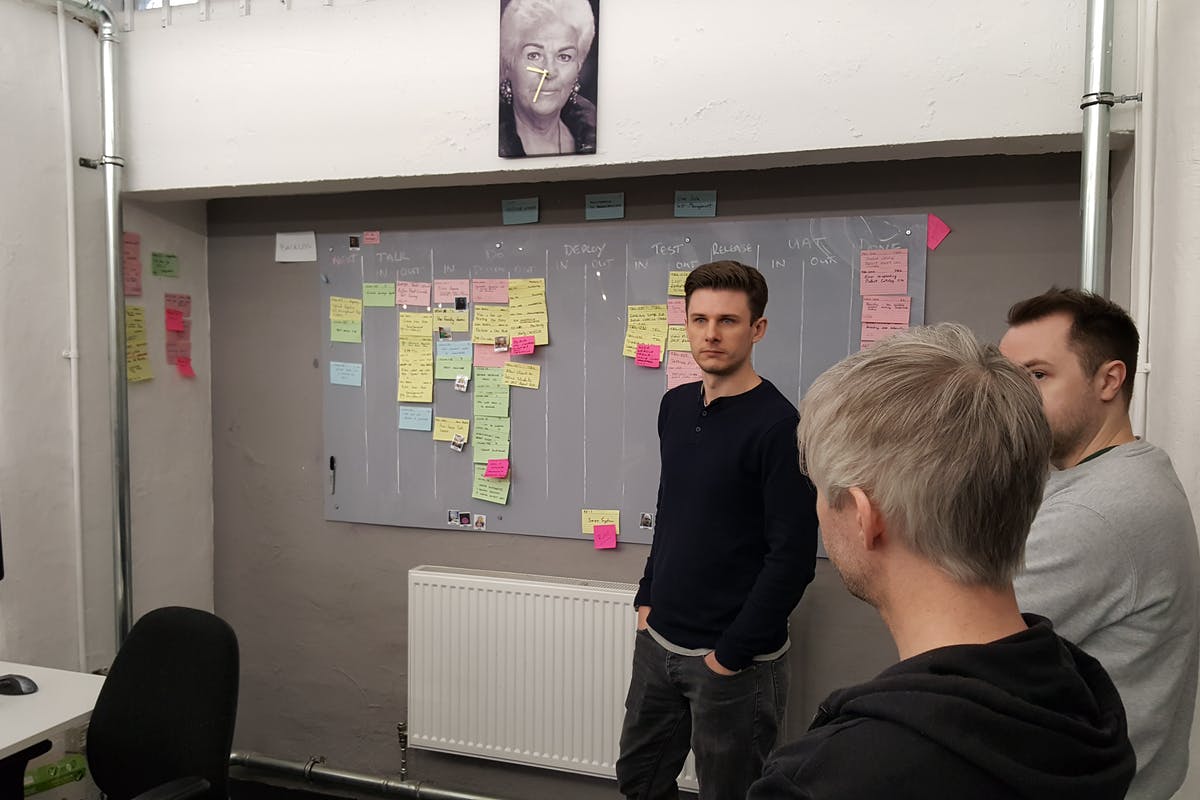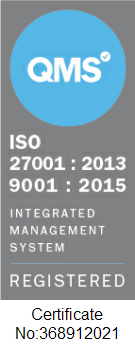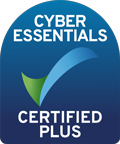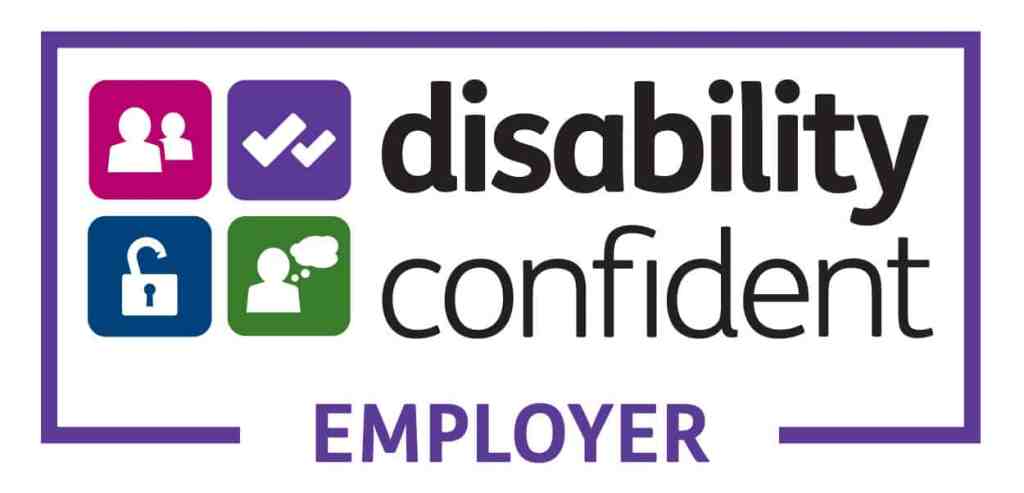Nimble Case Study -Shield Safety
At the start of the year, we met up with the software team at award-winning, Manchester-based consultancy Shield Safety Group. For those of you who don’t know Shield Safety, they are one of the UK’s leading providers of Food, Fire, and Health & Safety services and software, providing businesses of all shapes and sizes with software and support to manage the complexity of compliance responsibilities.
Shield Safety had embraced success and experienced growth, particularly their internal tech teams. Like many companies who do this it would be easy to remain tunnel visioned and to just plod on the way they are.
What we were impressed about was their ability to take a step back and say ‘you know what, we are doing well but we could improve, we could be more efficient, we could eliminate waste in our ways of working.’
Off the back of some really productive discussions about goals of where they wanted to be, we began collaborating closely with them. Nimble Delivery specialist Rich Woodhead immersed himself with the teams, got to know what makes them tick, assessed their current Agile maturity and above all else delivery effectiveness.
Shield Safety knew what they wanted to do but just couldn’t help but think something needed to click, they were growing and they were recruiting (doubling in size) and yet things seemed to be getting more complicated. Our first step was to provide visibility of all the current inflight work and the current delivery process. This involved the creation of a Kanban board for the flow and tickets to identify all current inflight work.

This highlighted that a huge amount of work had been implemented but could either not be reviewed or released independently.
There were three main issues found:
- Number of individuals able to review work
- Amount of up front work that was promised and then initiated without any consideration of the inflight items
- Lack of test team members
There were also challenges around stakeholders bypassing analysts and going straight to developers, creating more of a bottleneck.
Just from making the work visible, we immediately identified some problems that could be addressed:
- Stand ups would be used as a plan for the day to discuss relative priority and where effort of the team should be focused for that day
- Testing and Review would be assessed to see if this work could be spread more widely around the team
Summary
- After only a short period, we had embedded our own values of
- No more work would be started before the current inflight work was completed or de-prioritised
- Transferring knowledge to enable the change to be sustainable (think ‘teach a man to fish’)
- Ran some agile basics training using real examples
- Created an ownership of the work at team level and
- Identified the need for systems thinking rather than a focus on ‘my part of a task’
- Collaborating with Shield Safety was a pleasure and they were really ready to embrace change and open their minds to new ways of working, which helped us achieve more in our time with them.
This is just one great example of our team capability service and one which we’re really proud of. If you’ve got a need to change, transition to something more effective and wanted it to be tailored to your organisation, people and teams, then get in touch!



